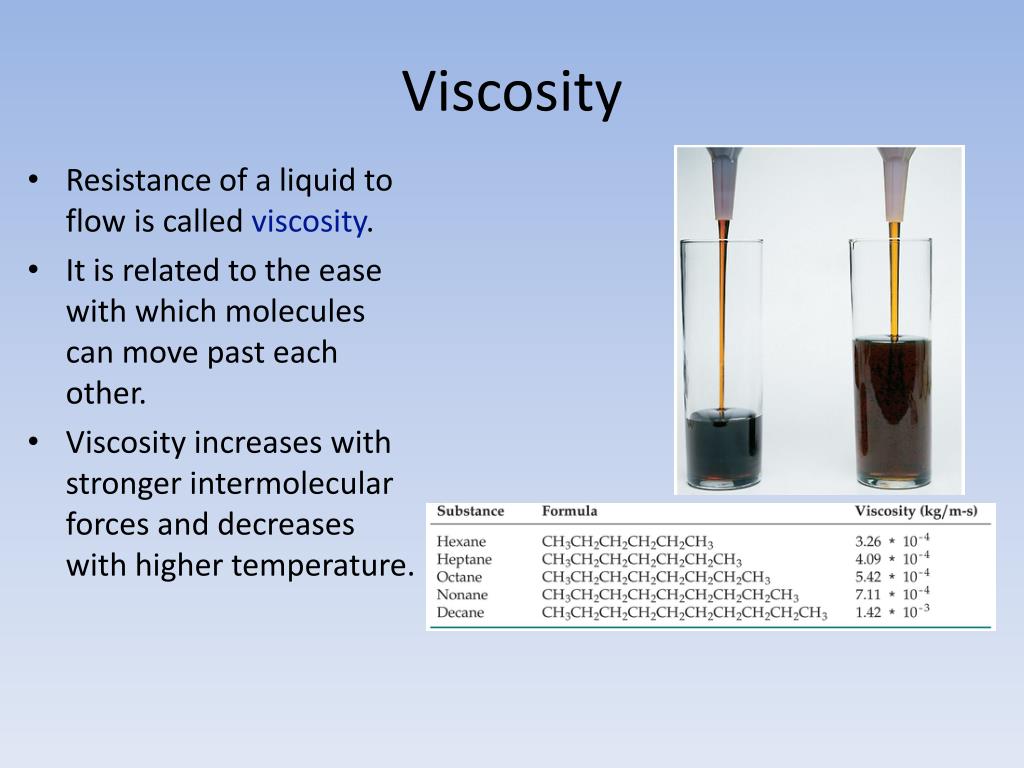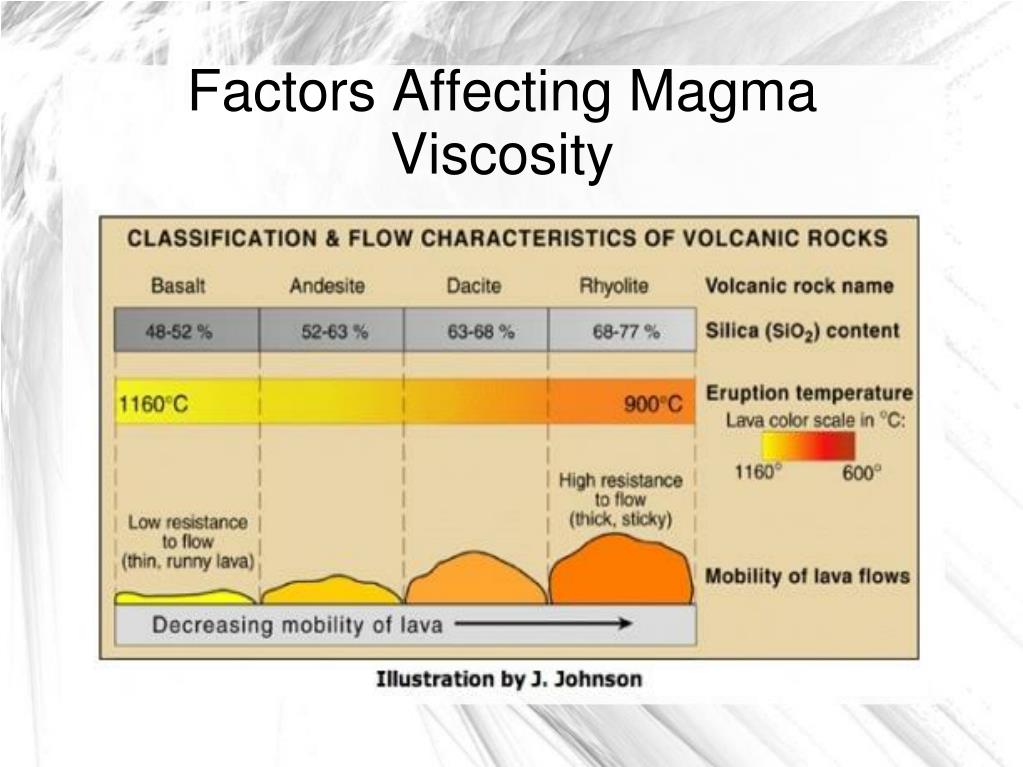

Further crystallization of the residual liquid causes the density to increase once more, reducing the buoyancy and hence the eruptibility of the melt. Typical suites of mid-ocean ridge basalts (MORB) reach this density minimum at ~7–10 wt.% MgO ( Sparks and Huppert, 1984) the buoyant residual liquids may then ascend to their level of neutral buoyancy, resulting in an eruption if the liquid remains buoyant all the way to the surface. As melt crystallizes within the chamber, the density of the residual liquid evolves until a density minimum is reached.

(1980) considered a fluid-dynamical approach to explore the conditions under which magma stored in stratified chambers may be erupted at the surface. Huppert and Sparks (1980) and Sparks et al. Neutral buoyancy concepts can also be applied within magma chambers. The ponding of magmas at their level of neutral buoyancy in the crust ( Ryan, 1993) is considered to be an important factor in the prolonged existence of shallow magma chambers ( Ryan, 1987).

Primary melts generated at depth are expected to rise through the crust until ρ m–ρ c≈ 0, that is, the point at which the magma density ρ m and crustal density ρ c are equal. It has long been understood that the range of lava compositions sampled at mid-ocean ridges is strongly linked to the buoyancy of magma in the oceanic crust ( Huppert and Sparks, 1980 Sparks et al., 1980) and the viscosity of the magma ( Walker, 1971). This conclusion is in agreement with petrological constraints on the depths of crystallization under Iceland. We use a simple numerical model to demonstrate that the eruption of magmas with higher densities and viscosities is facilitated by the generation of overpressure in magma chambers in the lower crust and uppermost mantle. However, a number of small-volume eruptions with densities greater than typical Icelandic upper crust are also found in Iceland's neovolcanic zones. These magmas are buoyant with respect to the Icelandic upper crust. Over 85% of the total volume of erupted material lies close to a density and viscosity minimum that corresponds to the composition of basalts at the arrival of plagioclase on the liquidus. We find a strong correlation between magmatic density and observed erupted volumes on the NVZ. By studying subaerial flows of known age and volume, we are able to directly relate erupted volumes to magmatic physical properties, a task that has been near-impossible when dealing with submarine samples dredged from mid-ocean ridges. In this study, we investigate the extent to which magmatic physical properties control the eruptibility of magmas from Iceland's Northern Volcanic Zone (NVZ). Magmatic density and viscosity exert fundamental controls on the eruptibility of magmas. 2Department of Earth Sciences, University of Cambridge, Cambridge, United Kingdom.1School of Earth and Environmental Sciences, University of Manchester, Manchester, United Kingdom.But most importantly, highly viscous lava is associated with explosive eruptions and dangerous pyroclastic flows.Margaret Hartley 1,2 * and John Maclennan 2 Viscous lava will trap pockets of gas within the rock, and not let them pop as bubbles on the surface. It can also clog up the volcanic vent and form blocks that resist the flow of lava. Instead of rivers of lava, you can get crumbling piles of rock flowing down hill. When lava has a high viscosity, it’s very thick and doesn’t flow very well at all. Classic examples of shield volcanoes are Mauna Kea and Mauna Loa in Hawaii, as well as Olympus Mons on Mars. And over time, volcanoes made from low lava viscosity are wide and have a shallow slope these are known as shield volcanoes. You can also get bubbles of lava filled with volcanic gasses that burble and pop on the surface of the lava. This creates the classic rivers of lava, with channels, puddles and fountains. When lava has low viscosity, it can flow very easily over long distances. Even though lava is 100,000 times more viscous than water, it can still flow great distances. And the lava viscosity defines the size and shape of a volcano. You can measure lava in terms of viscosity as well. Water has low viscosity, while corn syrup, for example, is highly viscous. When it comes to liquids, viscosity is a measurement of how thick or syrupy it is.


 0 kommentar(er)
0 kommentar(er)
